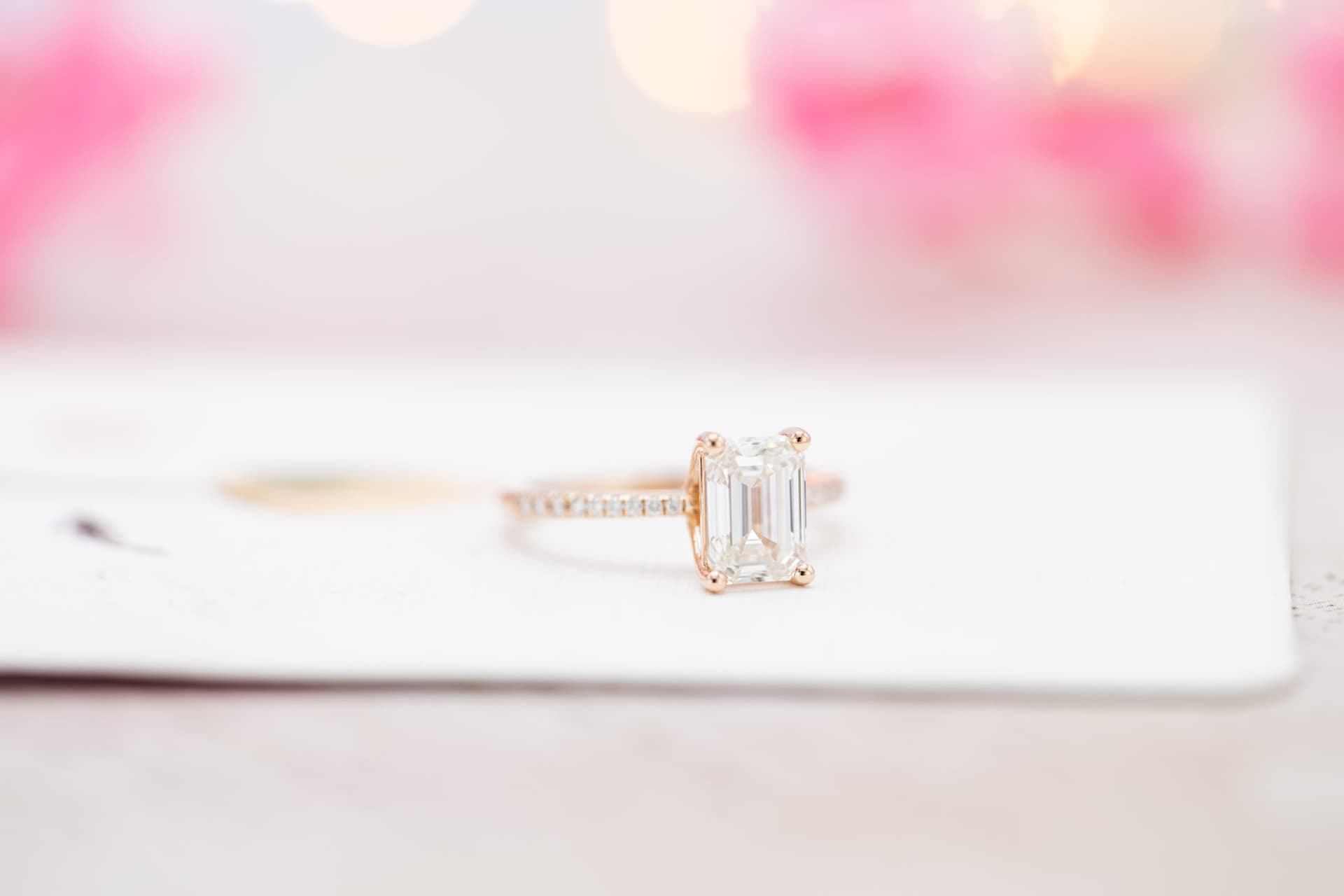Identifying Synthetic Diamonds
Although most manufacturers disclose their synthetic diamonds, some resellers don’t. Learn how to identify these lab-created diamonds.
4 Minute Read
To learn more about identifying natural diamonds, read about their inclusions.
CVD Diamonds
Chemical vapor deposition (CVD) diamonds come in sizes up to 3 carats, with a normal range of inclusions.
Identification
You can identify CVD diamonds fairly simply. They have a unique strain pattern that doesn’t resemble that of natural diamonds and strong red fluorescence. In addition, they lack the typical “Cape Line” at 415 nm on their absorption spectrum. Instead, they present a strong line at 737 nm.
HPHT Diamonds
GE developed the high pressure/high temperature (HPHT) method of growing diamonds. In 2003, a company called Gemesis (now known as Pure Grown Diamonds) improved the process and has created gem-grade diamonds. Producing a colorless stone takes longer than a yellow one, which is worth considerably more. These canary yellow gems tend to have higher clarity grades.
(UPDATE: Be aware that other manufacturers produce colored and colorless diamonds through the HPHT process).
Identification
Symmetry
With rough diamonds, one quick clue is the perfect symmetry of the rough crystals. You rarely find perfect form in natural gems, much less a lot of…
Donald Clark, CSM IMG
Related Articles
Eight Opal Types Explained
Specific Gravity Testing Part 2: Using a Balance Scale or a Hanneman Specific Gravity Scale
Buying Gems: Test Your Identification Skills
Identifying Inclusions of Specific Gems
Never Stop Learning
When you join the IGS community, you get trusted diamond & gemstone information when you need it.
Get Gemology Insights
Get started with the International Gem Society’s free guide to gemstone identification. Join our weekly newsletter & get a free copy of the Gem ID Checklist!
